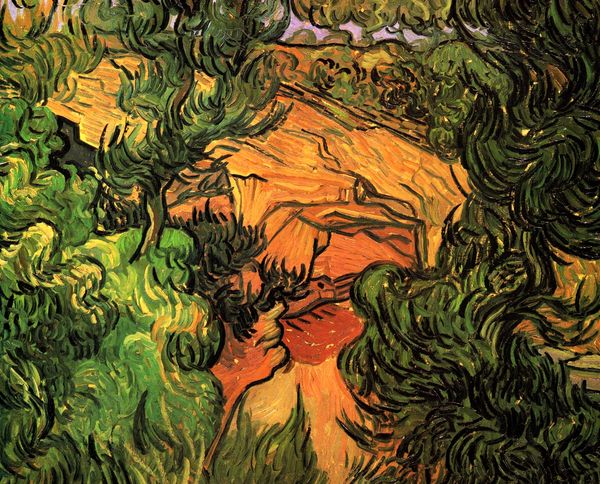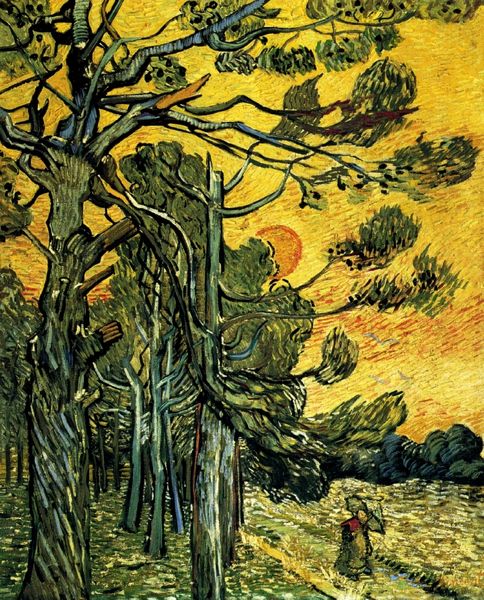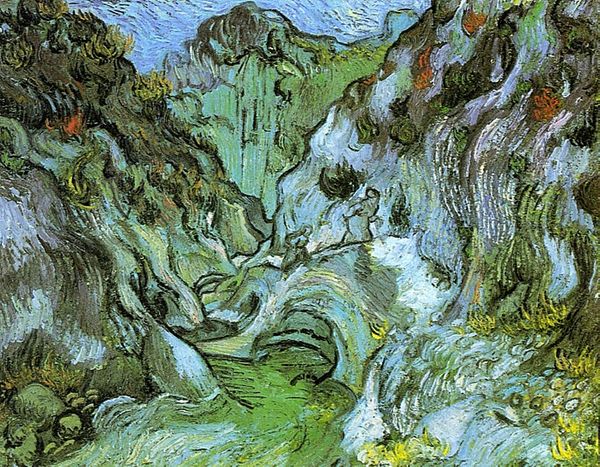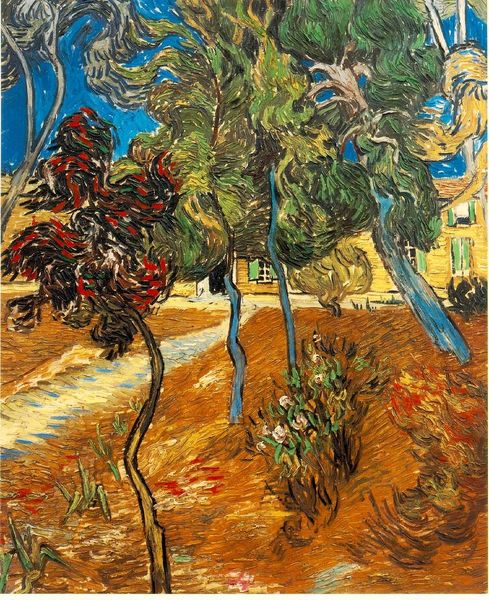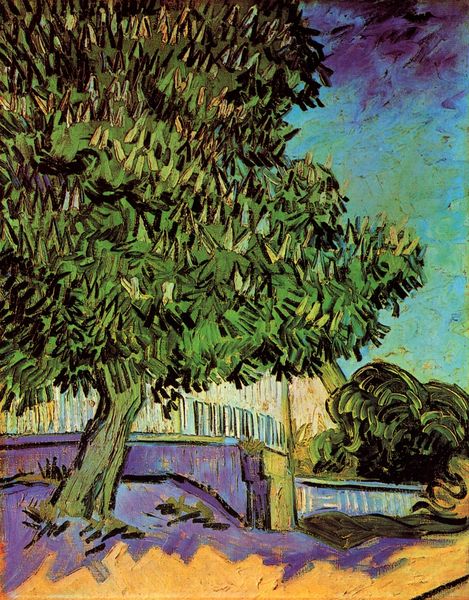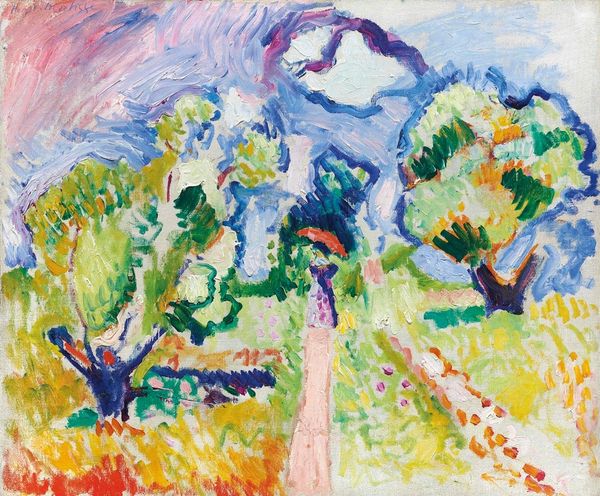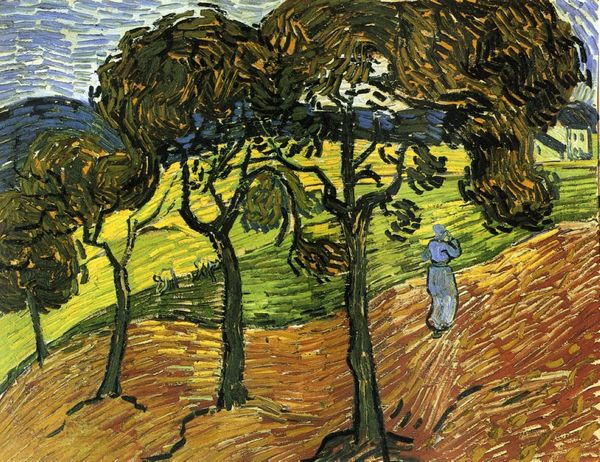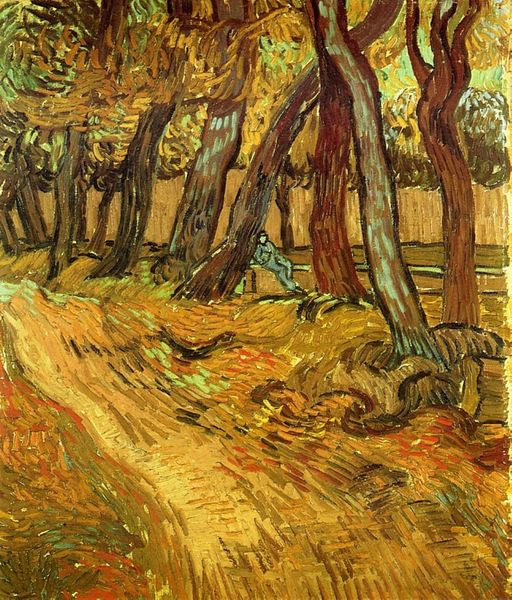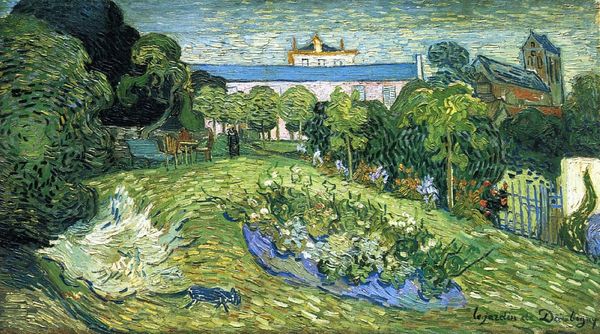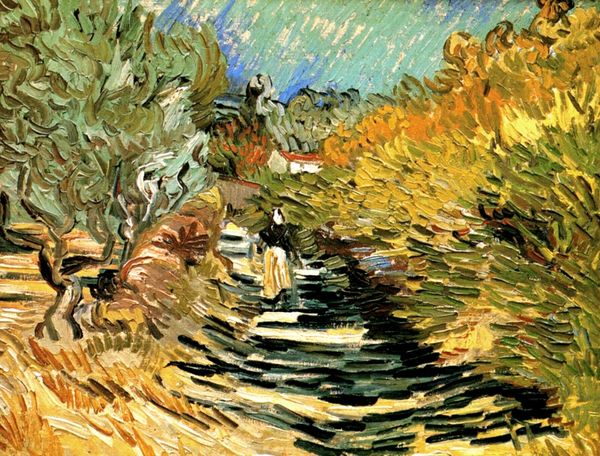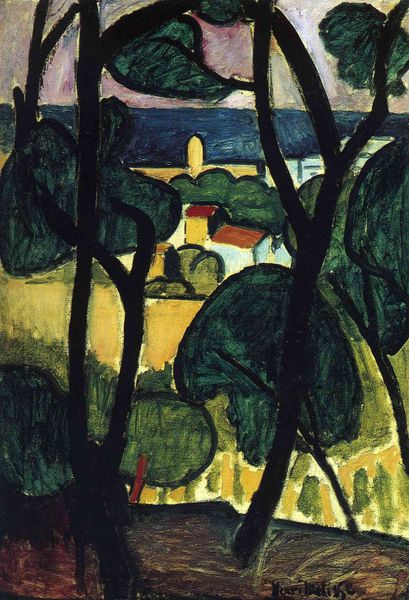
painting, plein-air, oil-paint
#
tree
#
garden
#
painting
#
impressionism
#
plein-air
#
oil-paint
#
landscape
#
flower
#
impressionist landscape
#
plant
#
naive art
#
park
#
post-impressionism
Dimensions: 73 x 52 cm
Copyright: Public domain
"The Garden of Doctor Gachet at Auvers-sur-Oise" was painted by Vincent van Gogh in France, not long before his death in 1890. Van Gogh had sought treatment from Dr. Gachet, whose garden is depicted here with thick, expressive brushstrokes characteristic of post-impressionism. But beyond its aesthetic qualities, this painting reflects the complex social dynamics between artists and the medical profession in the late 19th century. Van Gogh's decision to paint Gachet's garden speaks to the doctor's role as a patron and confidant. The garden itself, teeming with life yet rendered with a sense of unease, perhaps mirrors Van Gogh's own troubled mental state and his search for solace in nature. To fully appreciate this work, one must consider the institutional context of art and medicine, and how they intersect in the life of an artist struggling with mental illness. Archival research, including letters between Van Gogh and his brother Theo, provides valuable insight into the social conditions that shaped this artwork. Ultimately, the painting serves as a poignant reminder of the human condition and the power of art to reflect and challenge the norms of its time.
Comments
No comments
Be the first to comment and join the conversation on the ultimate creative platform.
